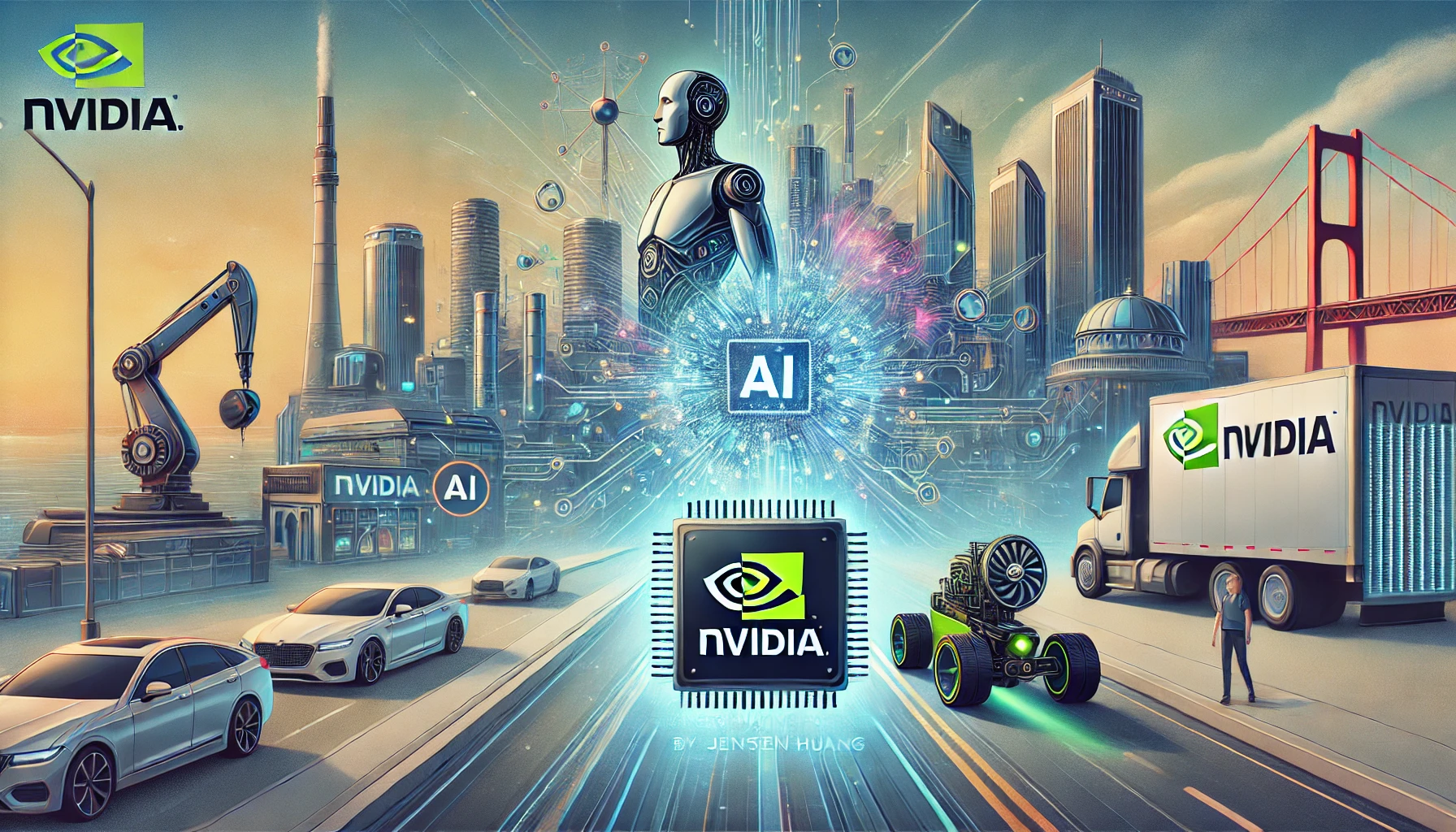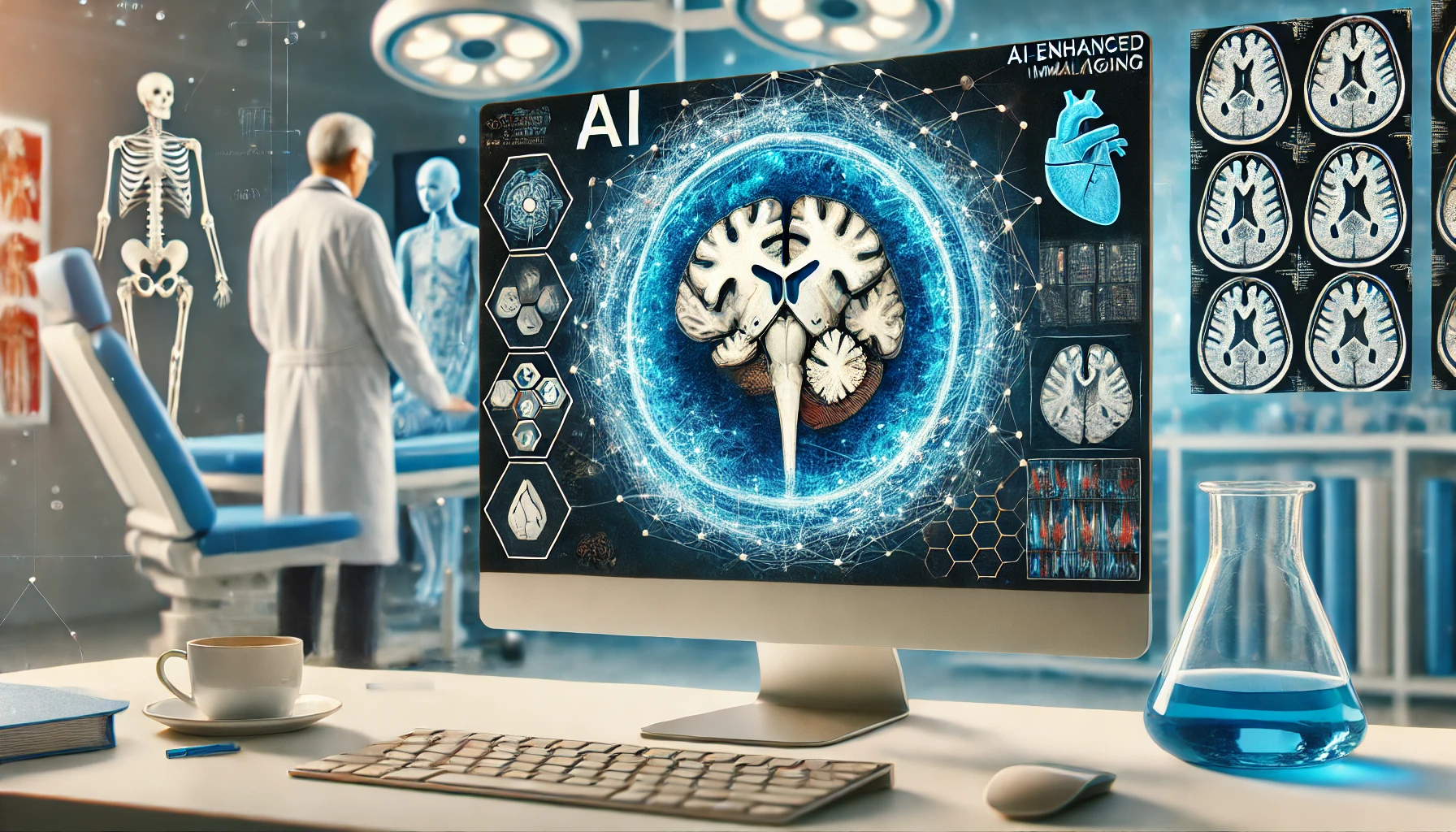Nvidia CEO Jensen Huang recently captivated audiences at CES with bold predictions and groundbreaking announcements, underscoring the transformative potential of artificial intelligence (AI). Declaring AI as a “multitrillion-dollar opportunity,” Huang introduced a new generation of AI-enhancing chips while highlighting the expanding role of “physical AI” in autonomous machines.
A Visionary Outlook on AI
Huang’s speech underscored the vast economic potential of AI, positioning it as a cornerstone for future innovation across industries. According to the Nvidia CEO, the next phase of AI will revolutionize not just digital experiences but also the physical world, as autonomous machines and robotics gain prominence.
“AI is reshaping every industry,” Huang said. “From healthcare and education to logistics and manufacturing, AI-powered systems are solving problems at an unprecedented scale.”
The New Generation of AI Chips
At the heart of Nvidia’s vision is the introduction of its latest AI-enhancing chips, designed to accelerate machine learning and data processing capabilities. These chips promise to deliver higher performance, energy efficiency, and scalability, catering to the growing demands of industries that are integrating AI into their operations.
The chips are tailored for a range of applications, including:
- Generative AI Models: Enhancing the development of large language models and image synthesis.
- Autonomous Machines: Powering physical AI systems in self-driving cars, drones, and industrial robots.
- Edge AI: Bringing real-time processing capabilities to devices operating in decentralized environments.
The Rise of Physical AI
Huang emphasized the emerging field of “physical AI,” where machines interact seamlessly with the physical environment. Autonomous vehicles, drones, and industrial robots are leading examples of this trend, leveraging AI to navigate complex environments and perform tasks previously deemed impossible.
This shift toward physical AI signals a new wave of innovation, with industries such as agriculture, logistics, and construction poised to benefit. Nvidia’s advanced chips aim to serve as the backbone for these systems, enabling precise decision-making and adaptive learning.
AI’s Expanding Market Opportunity
Huang’s multitrillion-dollar prediction for AI stems from its pervasive impact across sectors. Key growth drivers include:
- Healthcare: AI-driven diagnostics, personalized medicine, and drug discovery.
- Education: Adaptive learning platforms and virtual tutors.
- Manufacturing: Smart factories leveraging AI for efficiency and quality control.
- Entertainment: Immersive experiences powered by AI-generated content.
- Transportation: Autonomous vehicles and AI-optimized logistics networks.
Challenges and Opportunities
While the potential of AI is vast, Huang acknowledged challenges such as regulatory hurdles, ethical considerations, and the need for skilled talent. However, Nvidia’s investments in hardware and software aim to address these issues, ensuring that the technology evolves responsibly and inclusively.
“The next wave of AI requires a collaborative effort between policymakers, technologists, and businesses,” Huang noted. “Together, we can unlock its full potential.”
The next phase of AI, as envisioned by Nvidia CEO Jensen Huang, represents a seismic shift in technology and economics. With AI-enhancing chips and the rise of physical AI, Nvidia is positioning itself at the forefront of this revolution, paving the way for a future where AI seamlessly integrates into every aspect of our lives. As industries embrace this transformative technology, the multitrillion-dollar opportunity Huang predicts seems well within reach.




